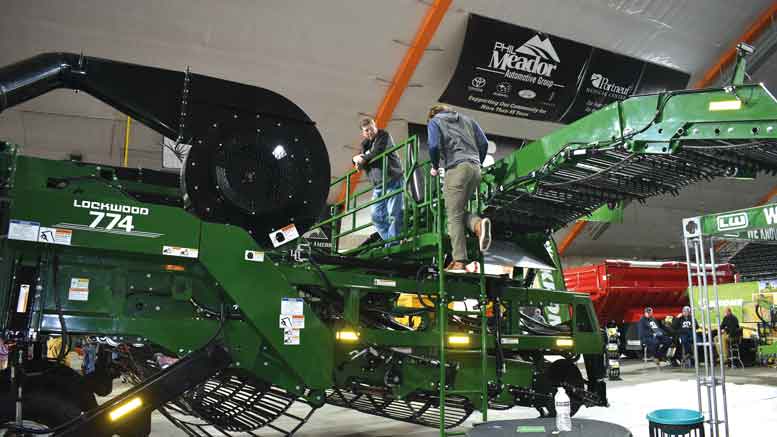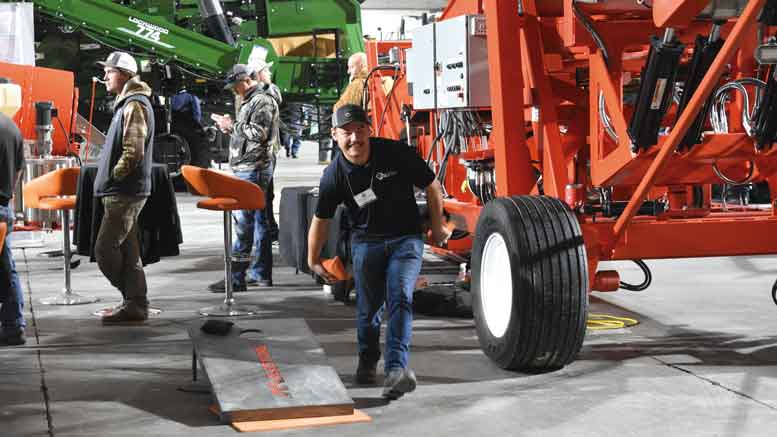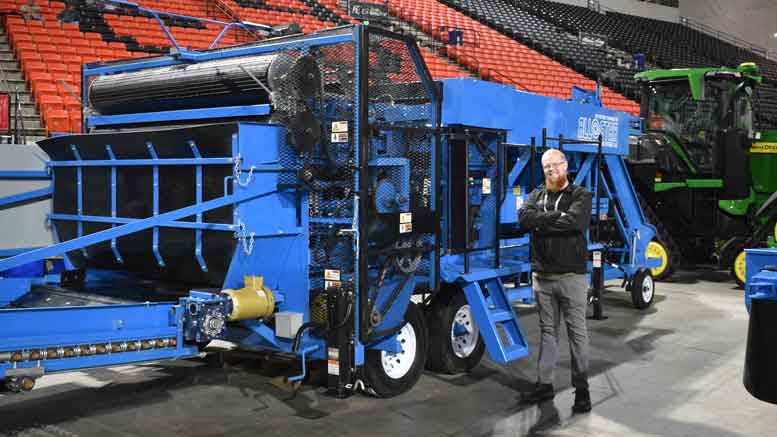|
Click to listen to this article
|
U of I Study Confirms Link Between Growing Conditions, Potato Length and Width
By John O’Connell, University of Idaho
A recent University of Idaho study concluded that for most, but not all, potato cultivars, the length and width of the finished tubers is influenced by growing conditions.
The study findings support the possibility of using potato variety trial data to create a predictive model for selecting cultivars capable of growing to optimal dimensions when raised anywhere in the Pacific Northwest. Length-to-width accounts for 13 percent of the overall potato postharvest score in variety trials done by Washington State University (WSU), and processors value elongated tubers as they can be cut into fries with minimal waste.

Rhett Spear, an assistant professor of plant sciences who conducts potato variety evaluations at the UI Aberdeen Research and Extension Center, presented the research during the 56th annual Idaho Potato Conference and Eastern Idaho Ag Expo in Pocatello, Idaho, in mid-January.
Spear led the project, reviewing 15 years of trial data from Aberdeen, Idaho; Othello, Washington; and Hermiston, Oregon.
While some cultivars evaluated were extremely sensitive to their environment, a handful, such as Palisade Russet, produced tubers of a consistent size and shape regardless of growing location and variability in conditions. The length and width of most cultivars was moderately sensitive to growing conditions.

“Collectively, our results suggest an opportunity for genetic selection of elongated potato phenotypes that are stable across locations with minimum variation in length and width,” Spear said.
Spear’s research team also included Julia Piaskowski, director of statistical programs with U of I’s College of Agricultural and Life Sciences; Jacob Blauer, an assistant professor of potato physiology with WSU; Mark Pavek, a professor specializing in potatoes with WSU; and Richard Knowles, a professor emeritus with WSU.

Among the many variables evaluated, the study shows that prolonged exposure to higher heat can lead to shorter and rounder potatoes. Other variables that may impact tuber shape include day length, with longer periods of dark during the growing season contributing to an increase in tuber length.
Though no two growing seasons are exactly alike, Washington potato farmers typically have a 15- to 20-day longer growing season with warmer weather than farmers in eastern Idaho. Eastern Idaho farmers have about 25 minutes more darkness and temperatures that average 5 to 7 degrees cooler during the crucial bulking period of potatoes.

“It may not be 100% perfect, but based on the statistics here and the information we’ve gathered, if we have a certain length to width here in Aberdeen, we could predict with a certain amount of accuracy what that length to width would be in Washington, for example,” Spear said. “This seems to have been anecdotal for years, but it’s good to put some numbers to it and show there really is a difference.”


